ESQC lecturers 2026
Except for autodidactic purposes, you are not allowed to use these notes without written consent from the authors.

Coupled Cluster Theory (3 lectures)
Fundamentals of single-reference coupled cluster theory, including both second-quantized and diagrammatic expositions, size extensivity, perturbative corrections, excited states, analytic gradients, and strategies for efficient computer implementations.
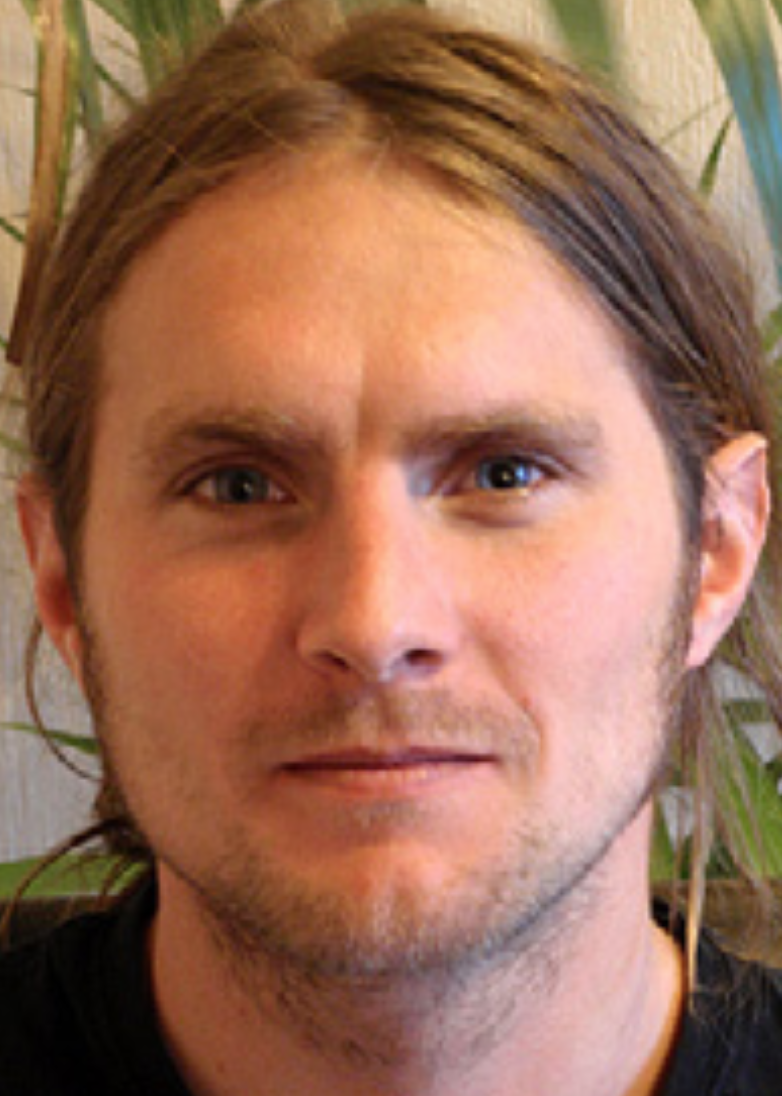
Hartree-Fock Theory (4 lectures)
These lectures cover the theoretical and practical foundations of Hartree-Fock theory. Starting from the electronic Hamiltonian, the Hartree-Fock approximation is introduced and solved using the self-consistent field procedure. The Roothaan-Hall equations, providing the working formulation in a finite basis set, are also discussed. Brillouin's and Koopmans' theorems are presented to clarify the properties of Hartree-Fock orbitals and energies. The Slater-Condon rules are introduced for the evaluation of Hamiltonian matrix elements. Practical aspects include the use of Gaussian basis sets and the computation of one- and two-electron integrals. The unrestricted Hartree-Fock formalism is discussed for the treatment of open-shell systems.
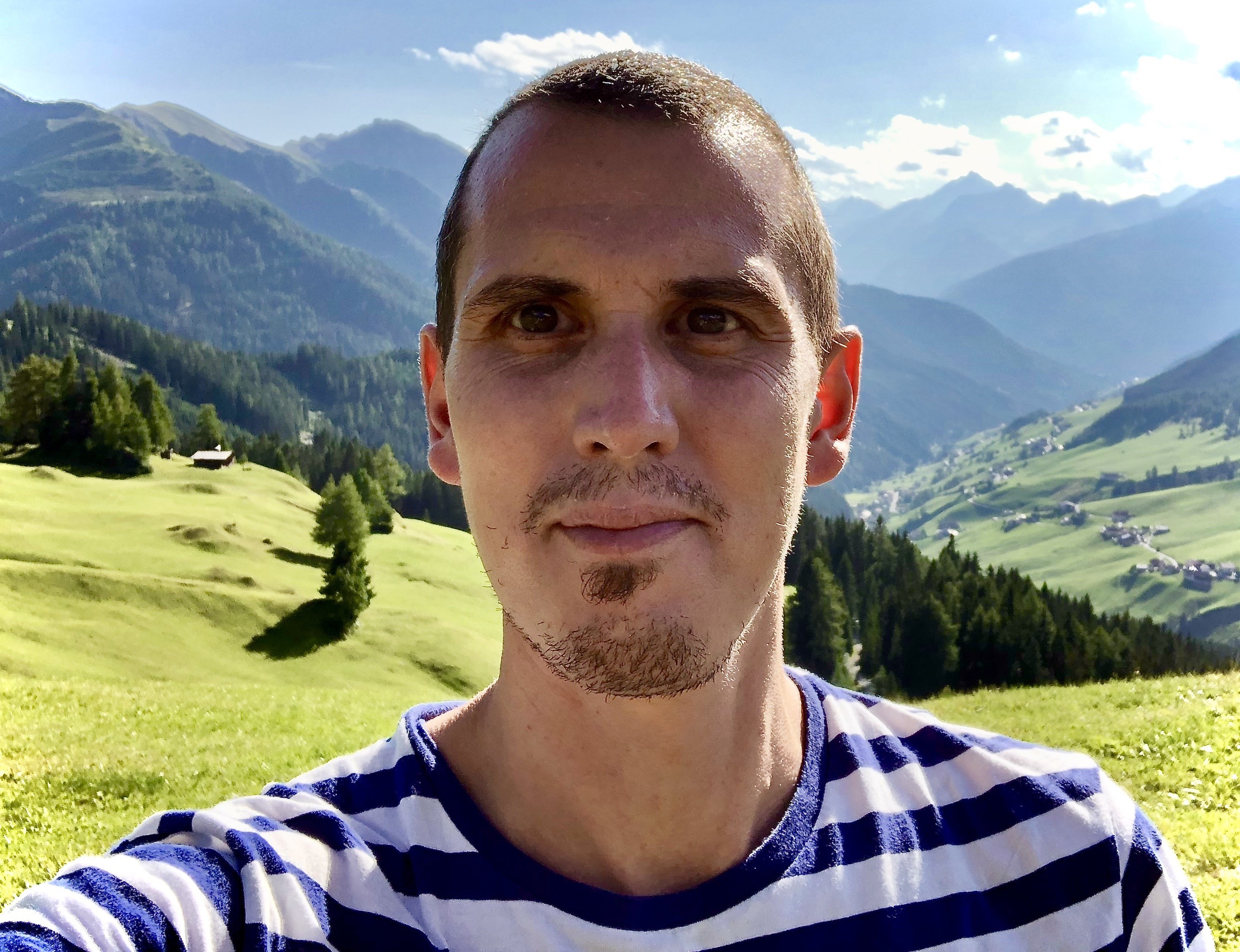
Multiconfigurational methods: the past, present and road ahead (4 lectures)
These lectures motivate the introduction of a multiconfigurational approach in typical use cases where a single-reference approach is bound to fail. Fundamental aspects of the MCSCF wave function ansatz, the energy expression and the solution of the resulting MCSCF equations will be discussed. In this context, we will consider MCSCF models of "the past” (for example CASSCF and RASSCF), "the present" (CASSCF-based approaches with approximate FCI solvers for large active orbital spaces) and possible new directions for MC methods. Further topics that will be covered include:
- the optimisation of excited states
- the calculation of excited-state properties
- the treatment of electron correlation within a MC framework beyond static correlation: perturbation theory, hybrid DFT approaches
and other contemporary approaches with their pros and cons will be briefly outlined.
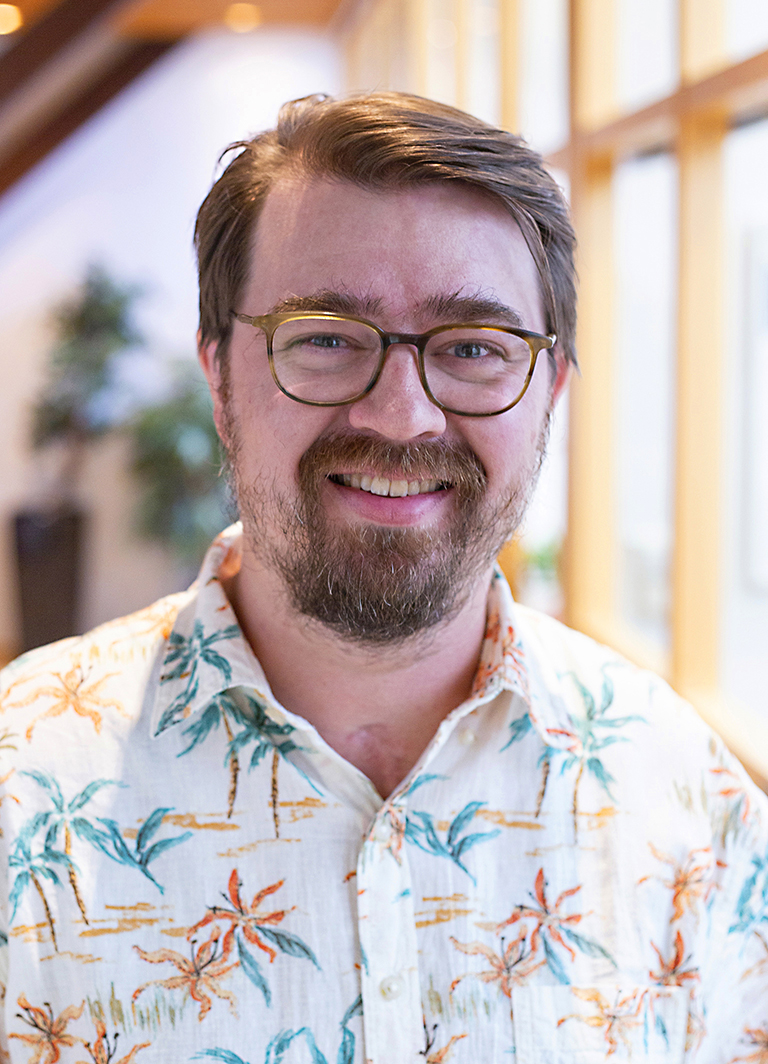
Mathematical methods (5 lectures)
These mathematics lectures are somewhat untraditional from a mathematics perspective. There are very few rigorous presentations of Definitions, Theorems and Proofs. Instead, we focus on providing an inspiring guide to some of the mathematical tools that the theoretical chemist typically will need to do research. This guide includes an outline of mathematical concepts and their relations, but also pointers to good information resources online: books, courses, YouTube channels, and so on.
The Mathematical Methods lectures are accompanied by a separate web page, located, for the time being, at https://simenkva.github.io/esqc_material. There you can find the lecture slides (also available here), exercises, Jupyter notebooks shown in the lectures, and a "Mathematical Roadmap" presented in Lecture 1.
- Lecture 1. A mathematical roadmap, set theory, Euclidean space.
- Lecture 2. Matrices and linear algebra, general vector spaces
- Lecture 3. Functional analysis, topology, Hilbert space, and more
- Lecture 4. Calculus and vector calculus
- Lecture 5. Complex analysis, the Fourier transform, formulation of quantum mechanics using mathematics
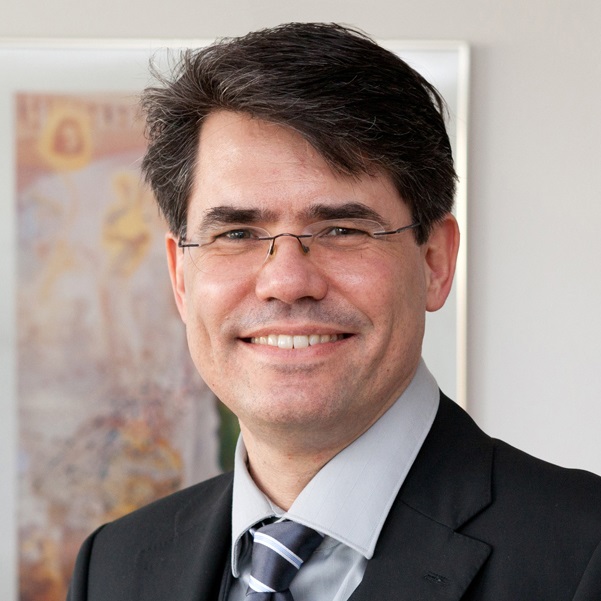
Algorithm design (2 lectures)
Efficient implementation of quantum chemical equations. Do's and don'ts of quantum chemical programming. Obtaining exact numbers in the most efficient way vs. obtaining approximate numbers efficiently
Local correlation (1 lecture)
Various approaches to calculating the dynamic correlation energy for large molecules: incremental methods, domain based local schemes, pair natural orbital approaches.
General aspects of computational chemistry (1 lecture)
Design issues encountered in planning an actual computational chemistry study. Incentive for thinking about the goals of the computational study, but not a set of 'carved in stone' recipes. Actual example
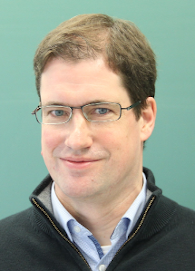
QM/QM and QM/MM hybrid methods (2 lectures)
Partitioning of Quantum Systems: From exact expressions to approximate embedding methods. Introduction to QM/MM: Mechanical vs. electronic vs. polarizable embedding. Additive vs. subtractive schemes. Averaging environment conformations. Continuum solvation models.

Response theory (2 lectures)
An introduction to response functions and their use to describe the properties of ground and excited states is provided. The response functions are introduced as terms in the expansion of the the time-development of an expectation value for a Hamiltonian including a time-dependent perturbation. It is shown that the linear response function provides information about excitation energies and transition moments.
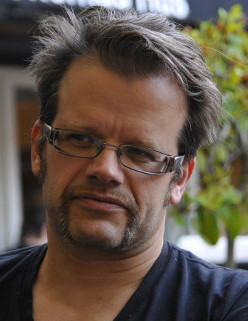
Second Quantization (2 lectures)
The formalism of second quantization provides an alternative representation of quantum mechanics, that is useful for orbital based models. In second quantization Slater determinants are represented by occupation number vectors in an abstract vector space, the Fock space. Operators are represented by linear combinations of products of creation and annihilation operators. The use of finite basis sets leads to deviations from the usual commutators between operators.
Relativistic Quantum Chemistry (3 lectures)
Basics of relativistic effects in the electronic structure of atoms and molecules. Relativistic theory of many-electron systems. Dirac equation and Dirac-Coulomb-Breit equation. Transformations of the Dirac equation to two-component form. Effective Core Potentials. Spin-orbit coupling in molecules. Applications of relativistic methods in heavy-element chemistry.
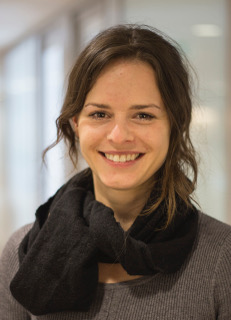 Photo credit: Camilla E. Kottum
Photo credit: Camilla E. Kottum
Molecular properties (3 lectures)
Time-independent properties are introduced with a focus on derivative theory. Numerical and analytical derivatives are compared. The distinction between variational and non-variational wave-function methods and the consequences for the determination of properties is made thereby discussing the Hellman-Feynman theorem, the 2n+1 and 2n+2 rules, and the method of Lagrange multipliers. One- and two-electron properties, molecular gradients and Hessians, geometrical perturbations and geometry-optimizations are examined.The electronic Hamiltonian in an electromagnetic field, its implications in terms of Gauge dependence, resulting computational strategies, and magnetic properties (for example NMR shieldings) are discussed.

Symmetry and Quantum-chemical Calculations (1 lecture)
In this lecture we review various aspects of molecular symmetry relevant to quantum-chemical calculations. After considering the various symmetry properties of the Hamiltonian, we focus first on the use of point-group symmetry and projection operators to obtain symmetry-adapted functions. We then briefly visit spin and the connection between second quantization and the general linear group, before concluding with some discussion of electron configurations that ties together spin, spatial, and permutational symmetries.
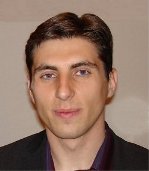
Density Functional Theory (3 lectures)
- Basic DFT: Hohenberg-Kohn theorem, Levy’s constrained-search formulation, Kohn-Sham method, Practical calculations in an atomic basis, spin DFT.
- More advanced topics in DFT: Exchange and correlation holes, Adiabatic connection, Scaling relations, Fractional electron numbers and frontier orbital energies, Derivative discontinuity, Fundamental gap, Excitation energies.
- Usual approximations for the exchange-correlation energy: Local-density approximation, Generalized-gradient approximations, Meta-generalized-gradient approximations, Hybrid approximations, Double-hybrid approximations, Range-separated hybrid approximations, Semiempirical dispersion corrections.